Birds do not give birth to live young, their babies are born encased safely within the thin yet surprisingly protective shells of eggs. How birds lay eggs is fascinating and this article is going to explain exactly how it happens. You will also gain some interesting bird egg facts along the way.
Birds lay eggs when parasympathetic nerve signals trigger muscle contractions in their uteruses. The eggs are pushed from their uteruses into their vaginas where they rotate 180° before being forced, blunt ends first from their cloacas (the openings for the digestive, reproductive, and urinary tracts).
Continue reading to discover more about how birds lay eggs. Scattered throughout the article are various incredible facts about egg-laying that I guarantee you did not know before. I won’t cover the formation of the egg in this post, you can read all about that in my ‘How Birds Make Eggs And Other Amazing Bird Egg Facts’ article.

As an Amazon Associate, I earn from qualifying purchases. Birdwatch World earns commissions from Amazon and similar affiliate programs from any purchases made via links in this article.
How Birds Lay Eggs
Laying eggs would not be possible without the HPG axis. “What is this?” I hear you say. Well, I’m glad you asked…
The HPG (hypothalamic-pituitary-gonadal) axis includes the hypothalamus, pituitary, and gonadal glands. These trigger the release of hormones that are responsible for regulating the reproductive activity of birds. This includes the production of eggs and sperm, courtship and mating behavior, nest building, and incubation of the eggs.
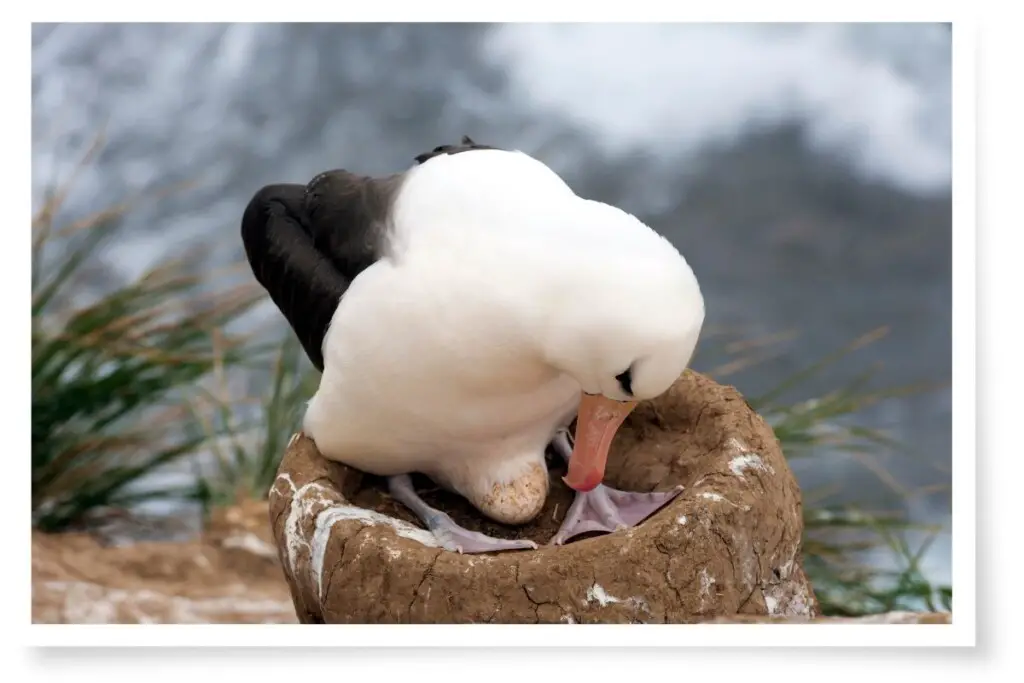
The HPG hormones are associated with all aspects of egg production, ovulation, and egg expulsion from the oviduct. Their levels within the bird’s body control the formation of the egg, each step of its journey through the oviduct, and trigger the muscle contractions that lead to its exit from the body.
The levels of progesterone and other steroids in a female bird’s body surge a few hours before she lays an egg. You can see the peaks in the graph below. This rise in hormones triggers the organs that regulate the production of eggs, such as the liver which produces a lot of what makes up the yolk, and the uterus where the eggshell is formed.
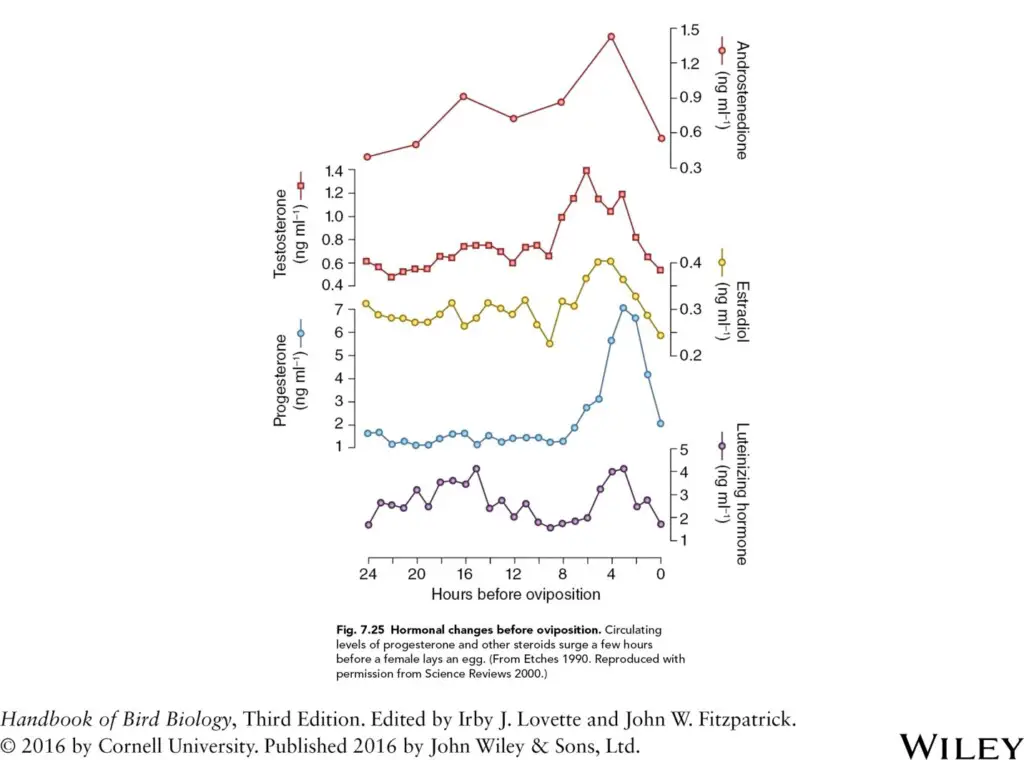
It is the parasympathetic nervous system that is responsible for the muscle contractions that move the egg down the oviduct, into the vagina, cloaca, and ultimately out into the world. This system carries electrical impulses that involuntarily control the bird’s internal organs.
The parasympathetic nervous system originates in nerves within the brain and also the spine. A nerve in the spinal cord sends an impulse that induces egg-laying by contracting the muscles of the uterine wall.
That covers pretty much everything about how birds lay eggs. What triggers a bird to start laying eggs in the first place though?
What Triggers Egg-Laying In Birds?
In most species, for a bird to start laying eggs, its body simply has to be mature enough. Their ovaries must be developed enough for the HPG axis to ramp up sufficiently to start egg production.
Some species however require the presence of a courting male to produce eggs. Pigeons and Doves are two species that do not lay eggs unless there are male birds in their vicinity that are ready to mate.
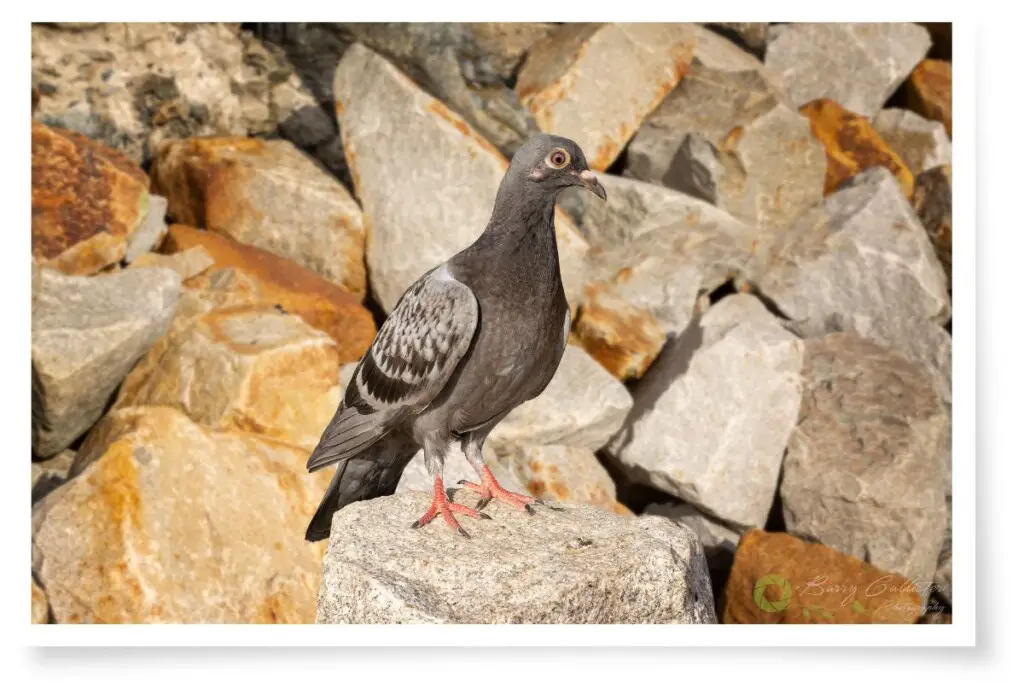
Whether a female bird will ovulate spontaneously or in response to a male depends on the parental care system of the particular species.
Chickens, for example, are a species where the females take all responsibility for the incubation and care of the young. It makes sense in a situation such as this that she decides the best time for her to lay a clutch.
In pigeons and doves, both sexes share the parenting of their young. For this reason, females need to produce eggs only when males are around to synchronize the incubation and care of chicks with their mates.
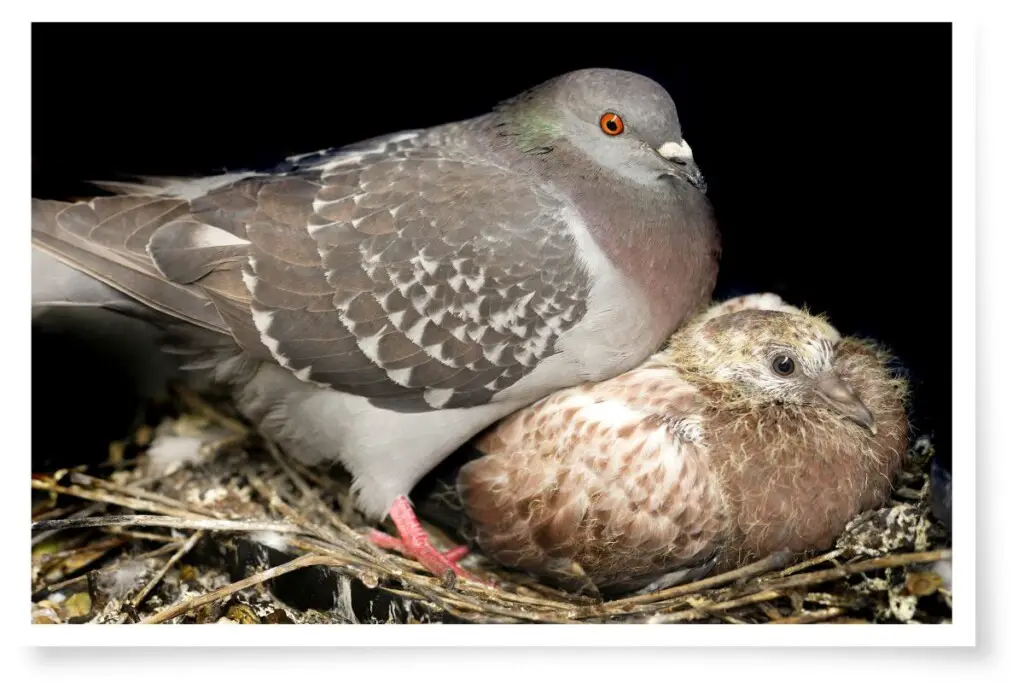
Do All Birds Lay Eggs?
All birds lay eggs. They are the only major vertebrate group that does not contain at least one live-bearing species. This might be because carrying unborn young in their bodies would make flying difficult. However, female bats bear live young while flying which contradicts this hypothesis.
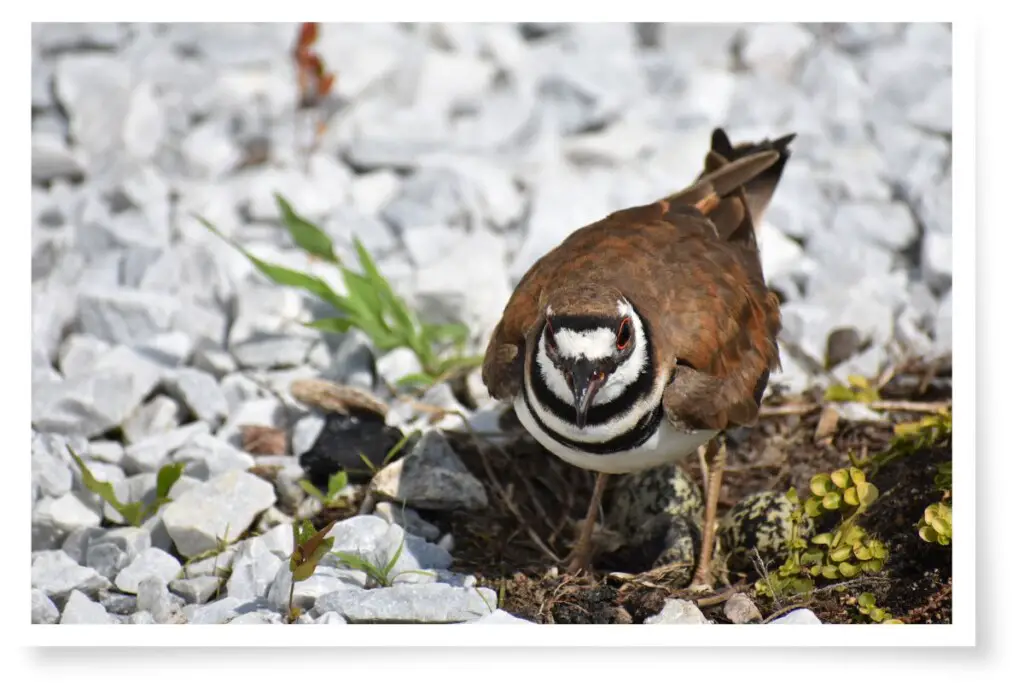
Fish, amphibians, reptiles, and mammals, although predominantly egg-laying creatures, all include at least a few species that bear live young. Not birds, however.
This may be because, unlike most fish, amphibians, reptiles, and mammals, birds can fly. Everything about their bodies is designed to be as lightweight as possible to facilitate this; including their reproductive systems.
Carrying unborn, live young around would not only make the mother bird vulnerable but also endanger the life of her unborn chick. Her eggs are fertilized, formed, and laid within 24 hours; getting them out of her body as fast as possible.
Learn all about how birds fly in this article here on my blog.
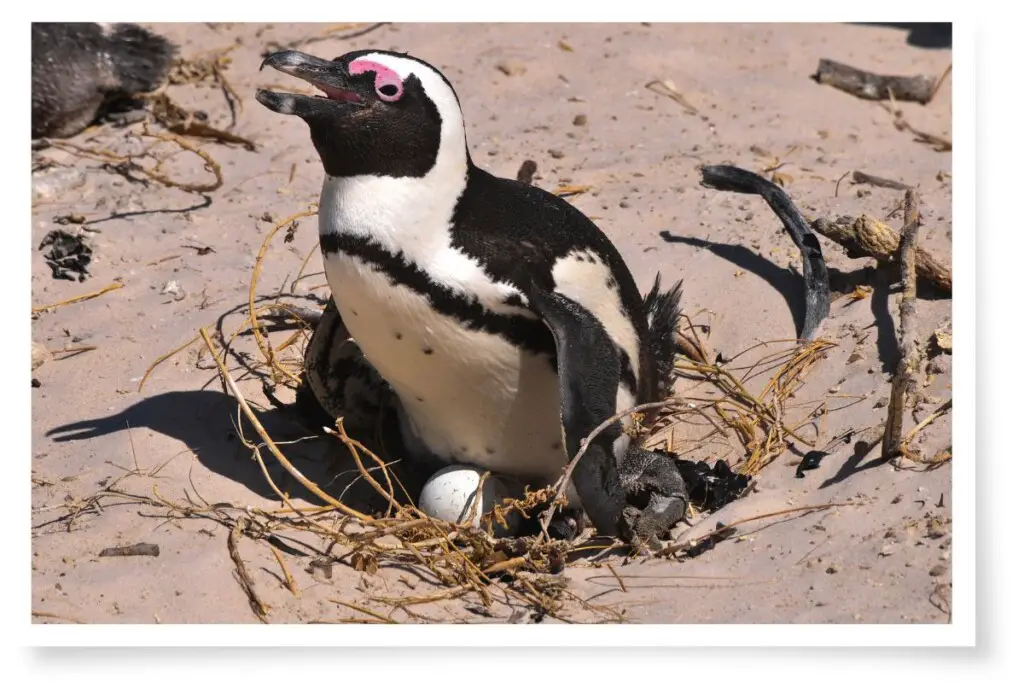
How Many Eggs Do Birds Lay?
Birds lay anywhere from one to as many as twenty eggs in a clutch. Albatrosses lay only one or two eggs per year. Mallard Ducks lay between one to thirteen eggs and Black-Capped Chickadees around six to eight. Clutch size depends on the species, location, food availability, and other factors.
The factors that affect clutch sizes in birds are:
- Species
- The availability of food
- Geographical location
- Altitude
- The type of nest
- The age of the female bird
- The time the clutch is had during the season
- The number of the clutch during the season (first, second, etc…)
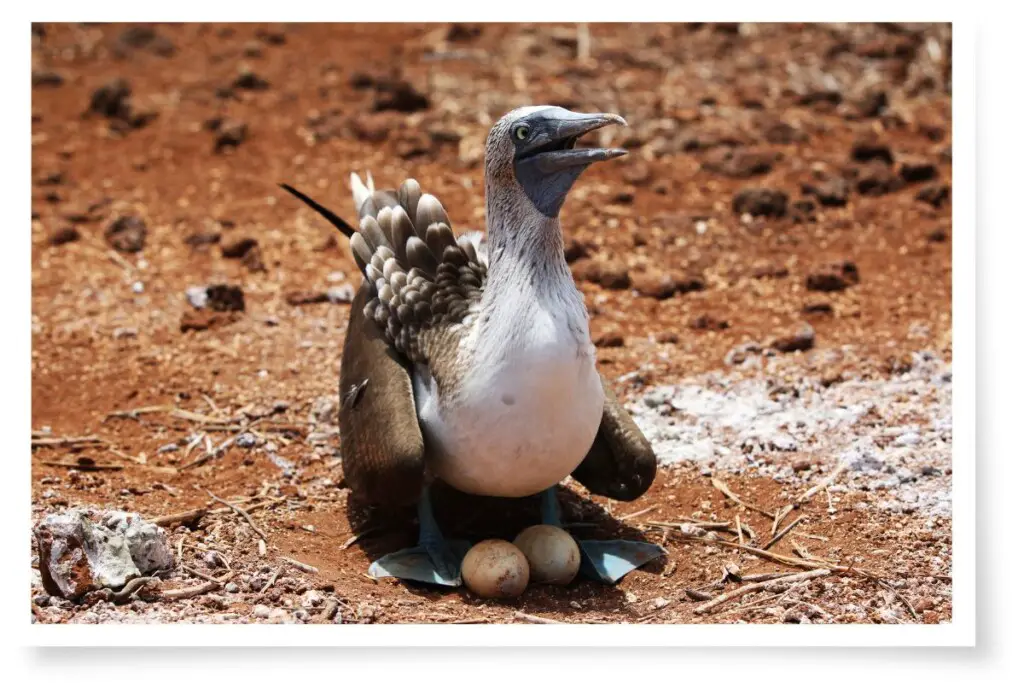
There is a relationship between altitude and clutch size. Birds that live in the tropics tend to lay smaller clutches than those living at altitude. One theory for why this may be has to do with the difference in temperatures between altitudes.
The higher temperatures in tropic zones may cause the embryos within the eggs to develop faster even when not being actively incubated. This may be why tropical birds lay fewer eggs; they can begin incubating sooner instead of waiting until they have laid all eggs in a larger clutch.
An interesting relationship exists between clutch size and the type of nest. Cavity nesters (those that nest in tree hollows etc.) tend to lay larger clutches than birds that nest in the open. This is most likely because a smaller brood of chicks raised in the open will attract less attention from predators.
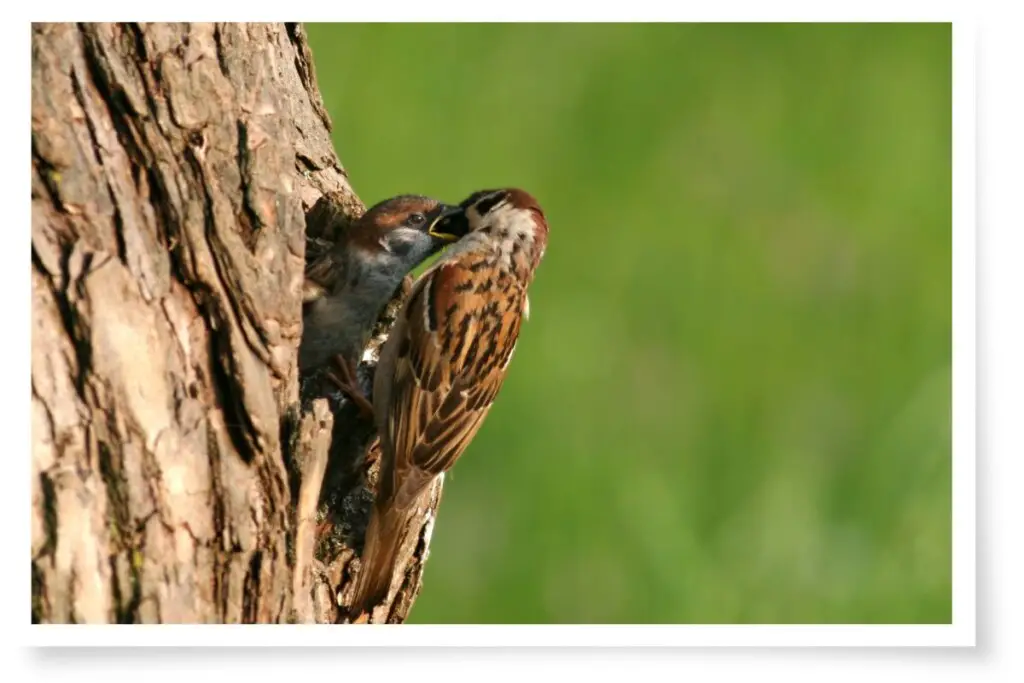
When Do Birds Lay Eggs?
When birds lay eggs depends upon their geographical location and the climate. Tropical species lay eggs for four months or more; sometimes all year round. Birds in colder climates lay for a period of fewer than two months. An Arctic bird’s breeding season can last for less than one month.
The breeding season is different for each species. Below I have presented a few examples of common species and the times of the year they will breed.
House Sparrow
House sparrows will have multiple broods within one season. Their first brood in North America is generally laid in the Spring, around March to April. The second, third, and sometimes fourth broods are laid up until August.

In Australia, house sparrows breed all year round but mainly during Spring and Summer. This is from September through to February.
In Britain, house sparrows will nest between April and August which is also Spring to Summer.
Crows
Crows are among the most familiar bird species in the world. Across the globe, they breed at different times of the year but mostly during Spring.
American Crow

American crows lay only one brood per season unless their first attempt is disturbed or fails. They will lay at different times, depending on what part of the United States they are in, however, most eggs are laid between late March and mid-April in most parts of its range.
Eurasian Jackdaw
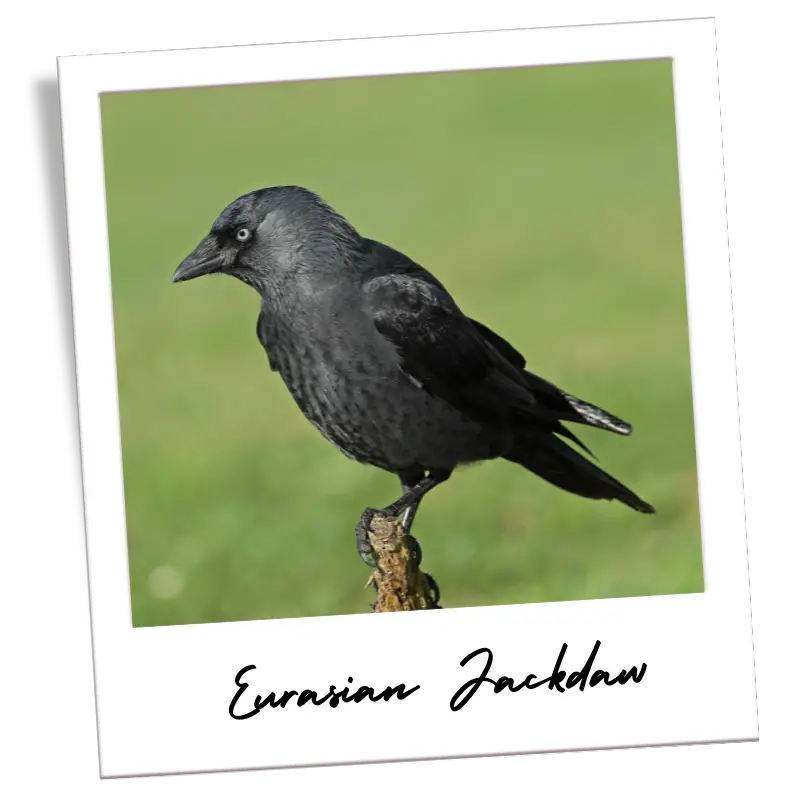
Eurasian Jackdaws (Western Jackdaws) will lay eggs from late April in Britain and Northern Europe; mid-April in central Europe; and the first half of May in NW Russia, central Asia, and Kashmir.
Torresian Crow

The Torresian crow, found in Australia and Papua New Guinea, lays eggs all year round in Australia. In the northern parts of the country, they lay between August and June, and between June and December in the south of their range.
In New Guinea, they will lay between January and March. New Guinea has a tropical climate and this time of the year is the wet season.
Gentoo Penguins

These Antarctic residents lay their eggs during the harsh winter months. The earliest eggs are laid around June-July in the north and November in the south.
Antarctica only has two seasons: Summer and Winter. Summer starts in October and ends in March. Winter begins in March and lasts until October.
How Often Birds Will Lay Eggs
Once birds begin laying eggs during the breeding season, they continue to lay until their brood is complete. Chickens, small shorebirds, and woodpeckers lay one egg about every 24 hours. Other birds such as ostriches, and gulls lay an egg every 48 hours. Some species need 14-30 days between eggs.
It is well known that domestic chickens will lay eggs every 24 hours. They also continue to lay throughout the year (up to 352 eggs in 359 days) which is why we farm them for their eggs. Most other birds however only lay during the breeding season which may occur only once or twice per year.
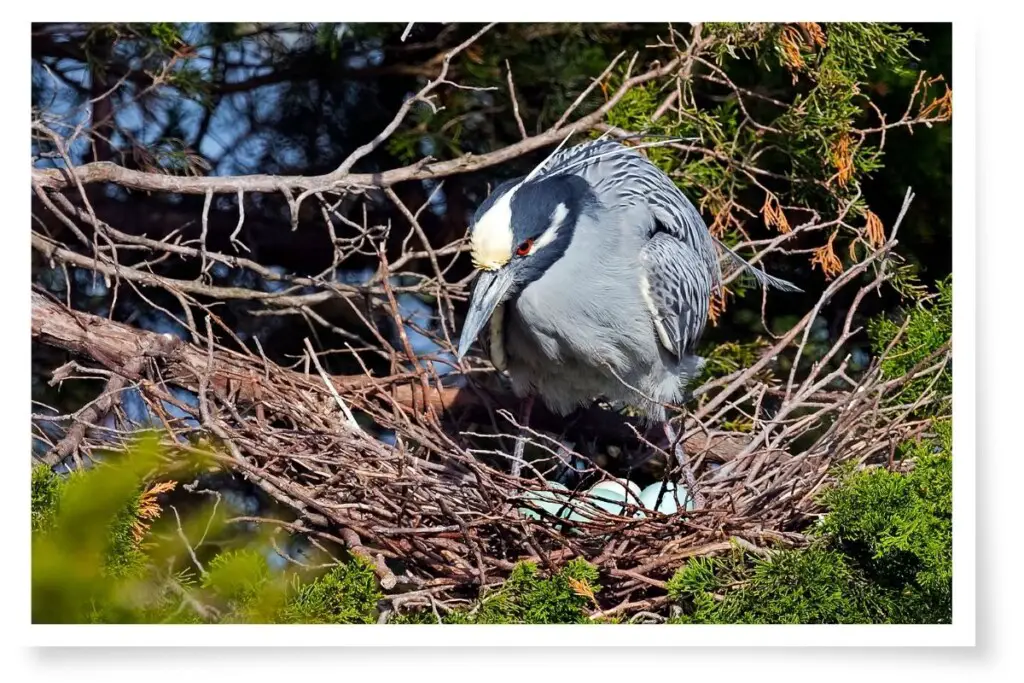
I have already written about the HPG axis which is responsible for the release of hormones that trigger a female bird to begin producing eggs. Some bird species will lay only a single egg per season and some will continue to lay until their clutch reaches a particular size.
Some female birds store the sperm of male birds within special tubes in their oviducts. These sperm can remain alive in her body for quite some time. Female turkeys for example may lay as many as 15 fertile eggs after being inseminated by a male. Even after 30 days, up to 83% of her eggs may be fertile.
Most birds will replace their clutch if it is lost due to predation or other reasons. Many single-brood species will not. The way birds respond to eggs being removed from their nest varies greatly from species to species.
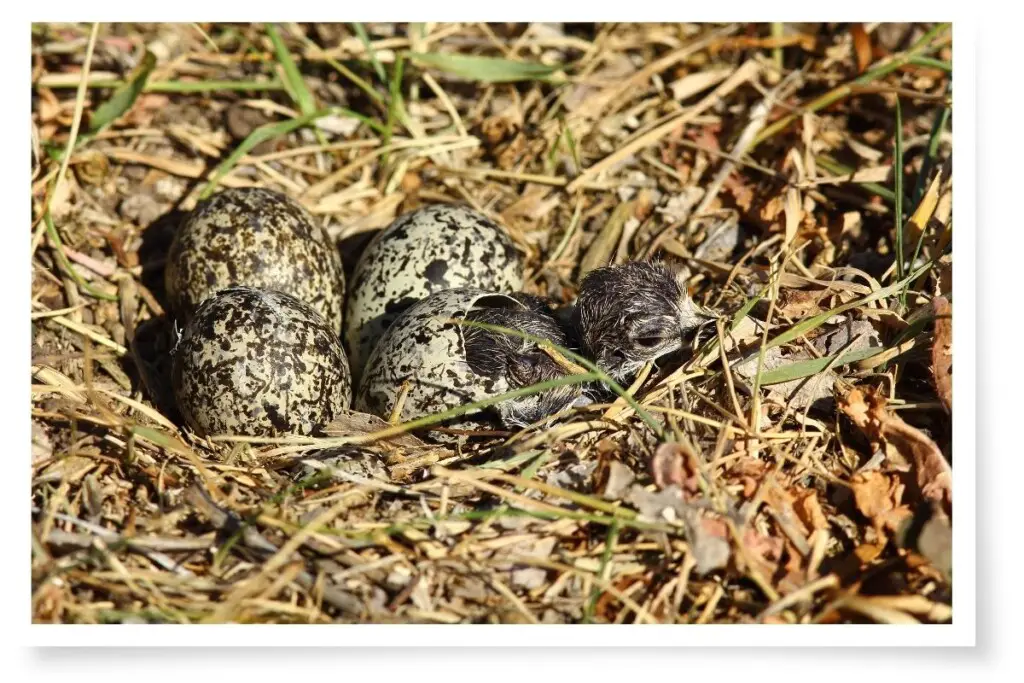
Some birds are known as determinate layers and will not lay a replacement egg if one is lost during the laying period. Indeterminate layers, on the other hand, will lay replacement eggs until their clutch reaches a certain size.
During an experiment involving a Norther Flicker in Massachusetts, one egg per day was removed from its nest. The bird ended up laying a total of 71 eggs in 73 days. The standard clutch size of this species is 6 to 8 eggs.
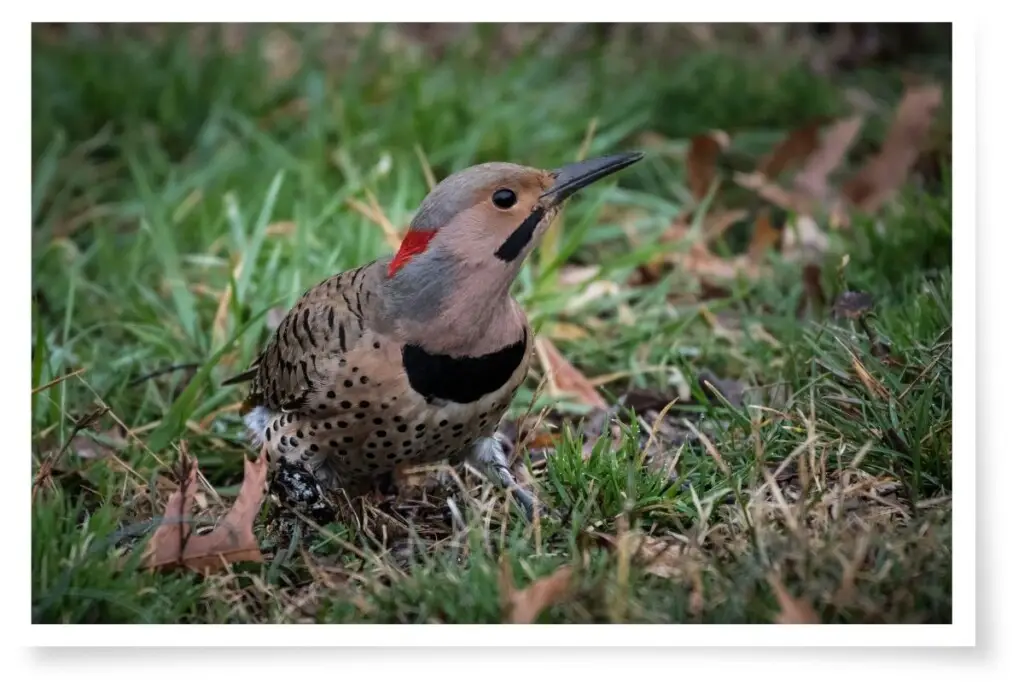
Birds determine the completion of their clutch in different ways. Some species seem to count the eggs visually whereas some appear to rely on the feel of the eggs beneath their bodies.
The New Zealand kiwi lays the largest egg of any bird in the world relative to its body size; up to 15% of the female’s body weight. It is rare for them to lay more than one egg per season but when they do, they require 14-30 days between eggs. This is because it takes a great amount of time for the oviduct to secrete the layers around the egg.
Conclusion
If you have read this far into the article, you now know a lot more about how birds lay eggs. I hope you got some interesting information from this post.
If you want to explore more about birds and egg-laying, try the articles below:
- Do All Birds Lay Unfertilized Eggs? – The answer may surprise you.
- How Long Do Birds Stay In The Nest? – I have to know?!
- Do Baby Birds Come Back To The Nest? – Learn the answer and more.
References
- The Handbook Bird Biology – The Cornell Lab of Ornithology.
- The Handbook of the Birds of the World – Josep del Hoyo, Andrew Elliott, Jordi Sargatal and David A. Christie.
- Optimal Reproductive Tactics – E.R. Pianka.
- Clutch Size & Phenology for Common Species – nestwatch.org.
- Seasons of Antarctica – Andy Emmery.
